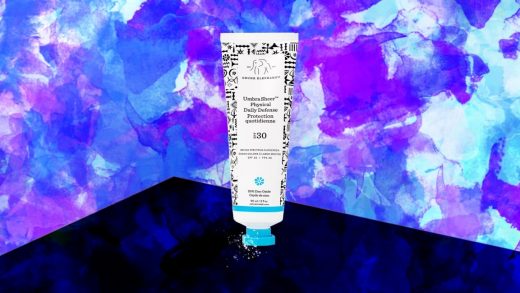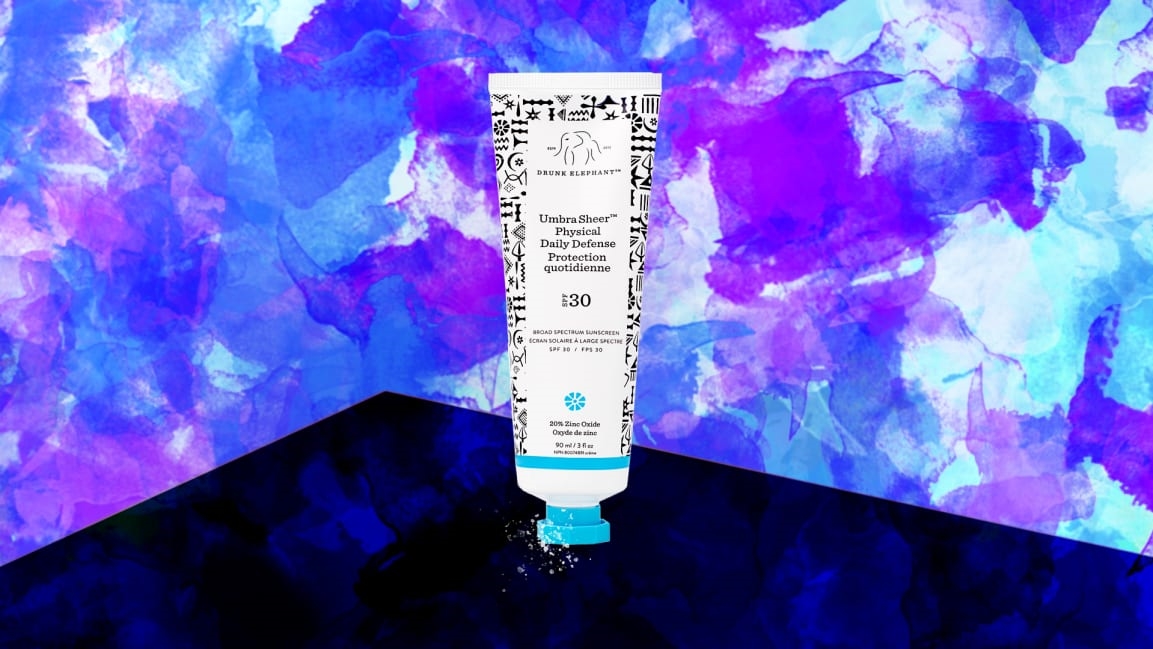What is reef-safe sunscreen? Here’s what to look for
We all know that sunscreen is critical for protecting our skin from harmful rays that cause damage and cancer. Now we’re starting to pay attention to how these lotions and sprays affect the environment, too.
Hawaii helped kick off the “reef-safe” sunscreen movement in 2018 by banning the sale of creams containing oxybenzone and octinoxate; Key West followed suit last year (although both laws won’t take effect until next year). These two chemicals are the most widely researched and have been directly linked to the irreversible damage and death of coral and other marine life. These findings prompted the Food and Drug Administration to propose a new rule to regulate oxybenzone and octinoxate—for the benefit of human health, marine health, and the environment. It’s prompted other action as well: CVS removed the chemicals from all of its store-brand formulas, and many sunscreen makers are starting to omit them as well.
But according to a report from Consumer Reports, there are several other chemicals used in sunscreens that research suggests might pose an environmental threat. And although the federal government requires sunscreen claims to be “truthful and not misleading,” the term “reef safe” doesn’t have an agreed-upon definition. Other ingredients in sunscreen that have been found to be potentially harmful to the environment are octocrylene, homosalate, and octisalate.
So, what’s a beach bum or lake lover to do? We’ve done our research on the best chemical and mineral options and rounded up some of our favorite sunscreens below. Ultimately, like any beauty product, it will come down to your personal preferences and skin type. But whatever you do, please do wear sunscreen. The American Academy of Dermatology is clear: Everyone, no matter their age of complexion, needs protection from the sun’s rays.
Mineral
Physical (or mineral) sunscreens act like a shield—sitting on the surface of your skin and deflecting the sun’s rays with titanium dioxide, zinc oxide, or both—but can be irritating to sensitive skin. It’s worth noting that the only two sunscreen ingredients that the FDA has declared as “generally recognized as safe and effective” (GRASE) are titanium dioxide and zinc oxide.
Chemical
Chemical sunscreen soaks into your skin, absorbs the sun’s rays, and breaks them apart, making it better for occasions where you’re exercising and sweating (though it has been linked to some questionable health effects).
Looking for more recommendations? Check out our other handpicked suggestions.
Fast Company may receive revenue for some links to products on our site.
(19)



